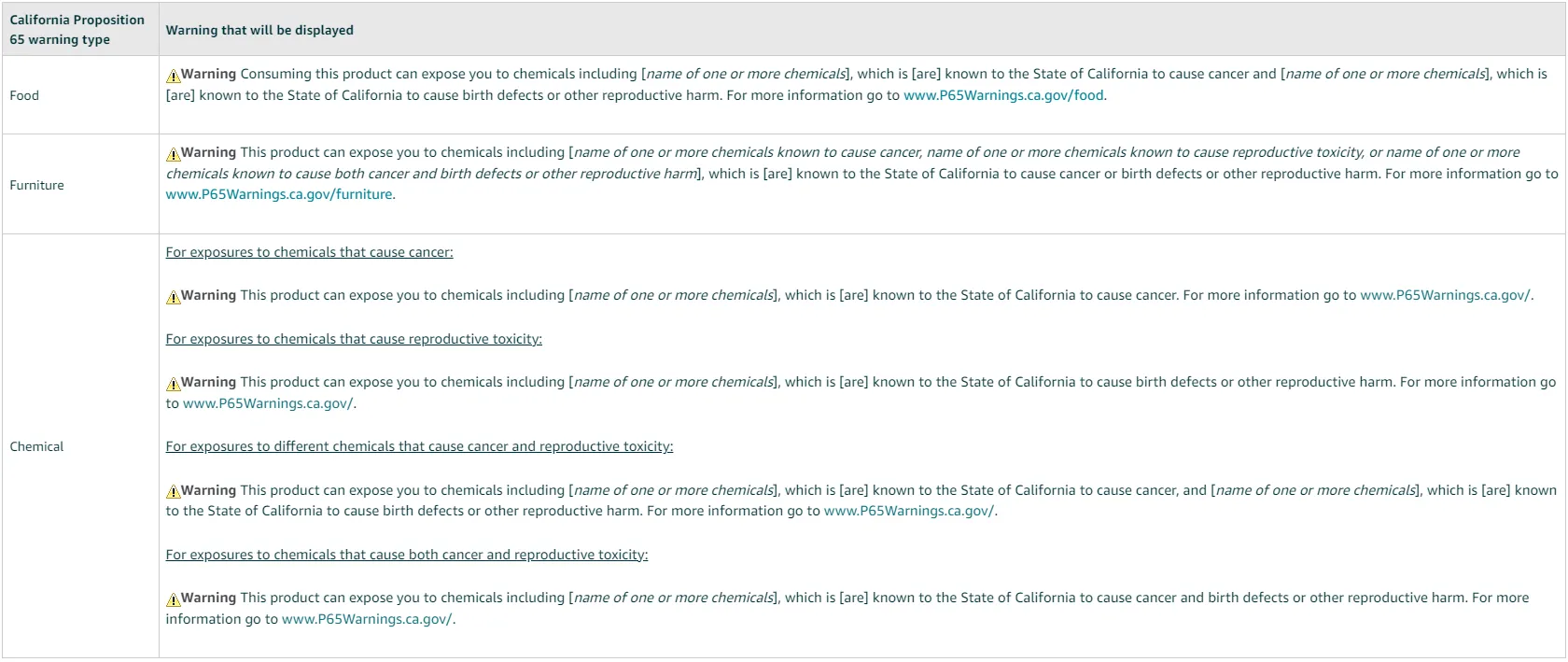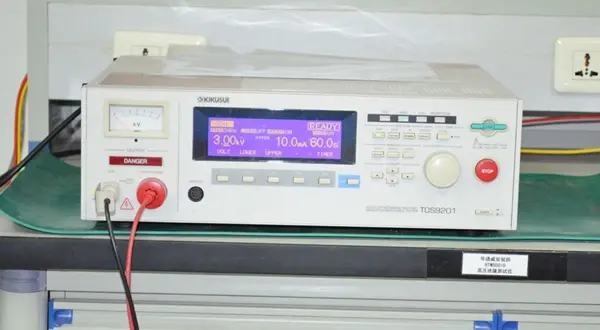
What is Voltage Dip Testing?
What is Voltage Dip Testing?
Voltage dip testing (DIP) is an essential aspect of electromagnetic compatibility (EMC) testing. It is a method used to evaluate the performance and reliability of electrical and electronic equipment when the supply voltage suddenly drops. According to the International Electrotechnical Commission (IEC) standards, a voltage dip refers to a decrease in the root mean square (RMS) value of the power frequency voltage, where the voltage drops to 10%–90% of the rated value, lasting from 0.5 fundamental cycles to several seconds, before returning to normal. These fluctuations may originate from faULts in the power grid or distribution system, or they may be caused by design defects or manufacturing issues in the equipment itself.
Purpose of Voltage Dip Testing
Voltage dip testing is used to assess the stability of voltage signals in electrical circuits under normal operating conditions. In the power industry, it helps determine the stability of voltage in power grids and distribution systems, ensuring the proper functioning of the power supply system. In the field of electronic device development, voltage dip testing ensures the voltage stability of electronic devices in real-world operating conditions, thereby guaranteeing their reliability and stability.
Methods and Standards for Voltage Dip Testing
Testing Methods
Voltage dip testing is primarily conducted using carrier generators and high-precision testing instruments. During testing, a load is introduced into the circuit, and a carrier generator is used to simulate load variations, allowing observation of voltage changes. The testing instruments record voltage fluctuations in real-time and analyze the data to evaluate voltage stability.
Applicable Standards
- IEC 61000-4-11 / GB T17626.11: Testing for immunity to voltage dips, short interruptions, and voltage variations in AC power supply ports.
- IEC 61000-4-29 / GB T17626.29: Testing for immunity to voltage dips, short interruptions, and voltage variations in DC power supply ports.
Voltage dip testing levels are expressed as a percentage of UT (remaining voltage as a percentage of the reference voltage) and include: 0%, 40%, 70%, and 80%.
- Short interruptions: Typically refer to a complete power outage lasting up to 250 cycles (50Hz) or 300 cycles (60Hz).
- Voltage variations: Generally refer to a sudden drop to 70% of the reference voltage, maintaining this level for one cycle, and then restoring to the reference voltage after 25/30 cycles.
Applications of Voltage Dip Testing
1. Power Industry
Voltage dip testing is widely used in the power industry to determine the stability and load capacity of power systems. It measures voltage fluctuations at different voltage levels within the grid and evaluates long-term stability during continuous operation. By conducting voltage dip tests, faults within the power grid and distribution system can be detected early, helping to maintain the stable operation of power systems.
2. Electronic Device Development
Voltage dip testing also plays a crucial role in the field of electronic device development. During product development, this testing is used to assess the voltage stability of devices under different loads, the stability of power supply performance, and the long-term operational reliability of the equipment. Through voltage dip testing, potential issues in electronic devices can be identified, providing valuable insights for product improvement.
Email:hello@jjrlab.com
Write your message here and send it to us
 What Are the Battery Compliance Test Reports?
What Are the Battery Compliance Test Reports?
 Christmas Children’s Products EU & US Complian
Christmas Children’s Products EU & US Complian
 Food Packaging Material Testing
Food Packaging Material Testing
 Cosmetic Product Safety Report
Cosmetic Product Safety Report
 What is Prop 65 Warning?
What is Prop 65 Warning?
 Does RoHS Apply to Packaging?
Does RoHS Apply to Packaging?
 How to Get RoHS Compliance?
How to Get RoHS Compliance?
 How to get EN 62368-1 Test Report
How to get EN 62368-1 Test Report
Leave us a message
24-hour online customer service at any time to respond, so that you worry!




